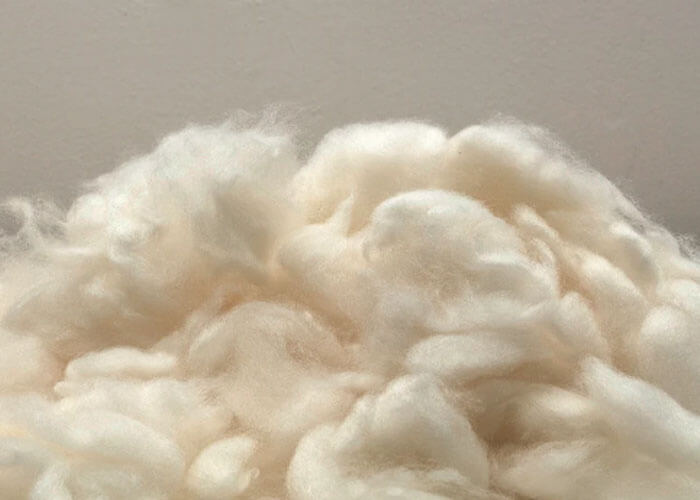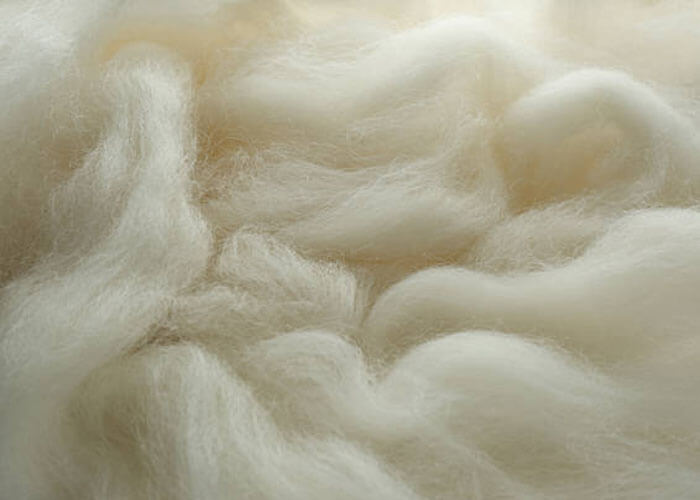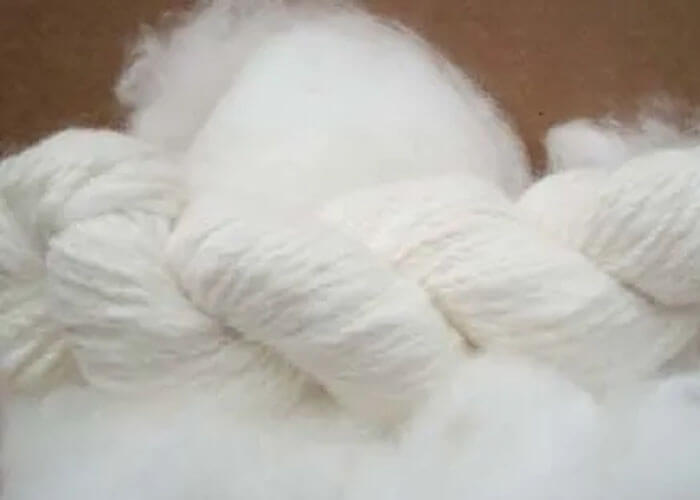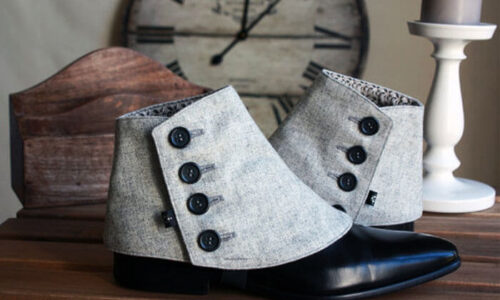The following is a brief introduction to the topic:
Wool has long been praised for its durability, warmth and luxury. This comprehensive guide will explore all the types of sheep’s wool, as well as their different characteristics and applications. This guide is a great resource for anyone interested in wool, whether you are a knitter, fashionista, or just curious. Uncover the world of fascinating wool!
Understanding Wool: A Brief Overview
Let’s start by understanding what wool is, and how it’s produced. Wool is made from sheep’s fleece, but other animals like goats and rabbits also produce wool.
Wool is produced by shearing sheep fleece and then processing it to remove any impurities. Wool quality can be affected by factors like the type of sheep used, where the wool is grown, as well as how it was treated and processed.
Different types of wool
1. Merino Wool
Merino is considered to be one of the most luxurious and fine types of wool. The Merino sheep are known for having soft and fine fur. Merino is prized because of its warmth, breathability and moisture wicking qualities. This wool is used for high-end clothing, outdoor wear, and performance apparel.

2. Cashmere
Cashmere wool is made from the undercoats of goats. Cashmere is known for its softness and insulation properties. Fashion designers love cashmere for its softness and warmth. Cashmere wool is used to make high-quality accessories, sweaters and scarves.

3. Mohair
The long silky fibres from Angora sheep are used to make mohair. Mohair is a type of wool that’s known for its sheen, and durability. It can be used to make luxurious fabrics, such as carpets and upholstery. Mohair is ideal for lightweight and warm garments such as sweaters or shawls.

4. Alpaca Wool
Alpacas are a native species of the Andes Mountains, South America. Alpacas’ fleece is used to make alpaca fiber. Alpaca is known for being extremely soft, having hypoallergenic qualities, and providing thermal insulation. It’s commonly used to make blankets, scarves and other winter accessories.

5. Angora
Angora is made from soft and fluffy rabbit fur. The softness of this type is highly regarded. Blending angora with other fibers can add softness and warmth to clothing. It’s commonly used to make sweaters, gloves, and hats.

Comparative Table of Types and Grades of Wool
Compare the key features of different types of wool to better understand their differences:
| Type of Wool | Softness | Warmth | Breathability | Durability |
| Merino Wool | High | High | High | High |
| Cashmere Wool | Very High | High | Medium | Medium |
| Mohair Wool | High | High | High | High |
| Alpaca Wool | High | High | High | Medium |
| Angora Wool | Very High | Medium | Medium | Low |
Wool Products: How to Care for Them
It is important to maintain the quality and longevity of wool products. Keep in mind these tips:
Handwashing: To prevent damaging wool, many items are best washed by hand. Avoid agitation or wringing of the garment. Use a mild detergent in lukewarm tepid water.
How to Dry: To dry wool, squeeze gently out the excess water, and then reshape it while lying flat on a dry, clean towel. Hanging wet wool clothing can stretch them or cause their shape to change.
Storing: To prevent moth damage, store wool products in a clean, dry environment. To keep pests away, use moth repellents and natural alternatives such as lavender sachets or cedar chips.
Piling: Wool clothing can develop tiny balls of fibers called pills. Use a gentle fabric shaver, or sweater stones, to remove the pills.
The conclusion of the article is:
Wool has a variety of characteristics and qualities. Each type of wool has its own unique benefits, from the softness and luxurious feel of cashmere wool to the insulation properties of merino. When selecting materials or garments for your project, you can make more informed decisions by understanding the differences between types of wool.
Follow the instructions to ensure your wool articles stay in great condition for many years. Explore the infinite possibilities of wool in fashion, textiles and more.
FAQ (Frequently Asked Question)
Q. Is wool good for allergy sufferers?
Wool fibers are naturally hypoallergenic, and many people with allergies tolerate them well. Wool fibers can be irritating to some individuals. It is best to test for sensitivity to the material before using it extensively.
Is it possible to machine wash items made of wool?
Hand-washing wool products is recommended in order to avoid damage. Some wool products can be washed in a machine. Check the label of the clothing before you wash it.
Q. Does wool scratch and make it uncomfortable to wear?
Wool is not all scratchy. Wools that are softer and more comfortable, like Merino and cashmere wool, can be found in finer fabrics. Consider wearing another fiber underneath wool if you feel it is scratchy.
Q. How do I remove wrinkles on wool clothing?
If you want to remove wrinkles on wool clothing, either hang it in a humid bathroom or steam them with a low-heat steamer. Ironing wool can damage it. Place a press cloth or cloth between the ironing board and the clothing if necessary.
Q. Can wool be used for warm climates?
Wool can also be used in warm climates because it is moisture-wicking and breathable. Wool blends and lighter weight fabrics are used in the creation of garments to provide warmth while preventing overheating.




